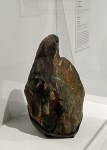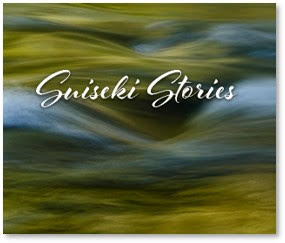
Suiseki Stories — What if a single stone could hold a mountain, a memory, or a glimpse of the universe itself?
Suiseki Stories is a unique and deeply personal collection of reflections from artists, collectors, and contemplatives from all over the world who have been shaped by the quiet beauty of suiseki—the Japanese art of viewing stones that evoke natural scenes or forms.
It is an art form both humble and profound—one in which a stone can suggest not only a landscape or a living being, but also evoke a world beyond the visible, inviting moments of deep stillness, imagination, and connection.
In this book, we do not aim to define suiseki for the world—nor could we. We recognize that suiseki, born of Japanese aesthetics, holds meanings and subtleties that are not universally agreed upon or easily understood outside its native context. Instead, Suiseki Stories offers something simpler and perhaps more powerful: a chorus of individual voices, each sharing their own experience of stones that moved them, changed them, or called them to reflect more deeply on life.
With 195 pages of striking photographs and intimate stories from across the globe, Suiseki Stories reveals how this ancient practice lives today—not as a fixed tradition, but as a personal and evolving journey.
Ideal for:
- Suiseki, stone appreciation, and bonsai enthusiasts
- Lovers of Japanese aesthetics, wabi-sabi, and contemplative arts
- Readers drawn to the intersection of nature, memory, and meaning
- Anyone who has ever found wonder in an ordinary stone
Let these stories inspire your own!
To purchase the printed book, click here .
To purchase the digital edition of the book contact Sam Edge at: suisekistories@gmail.com
The digital PDF version of the book is US $24.95. The printed book is available for US $59.99 for hardbound and $49.99 for softbound (or the equivalent in other currencies).



 Posted by Janet Roth
Posted by Janet Roth 
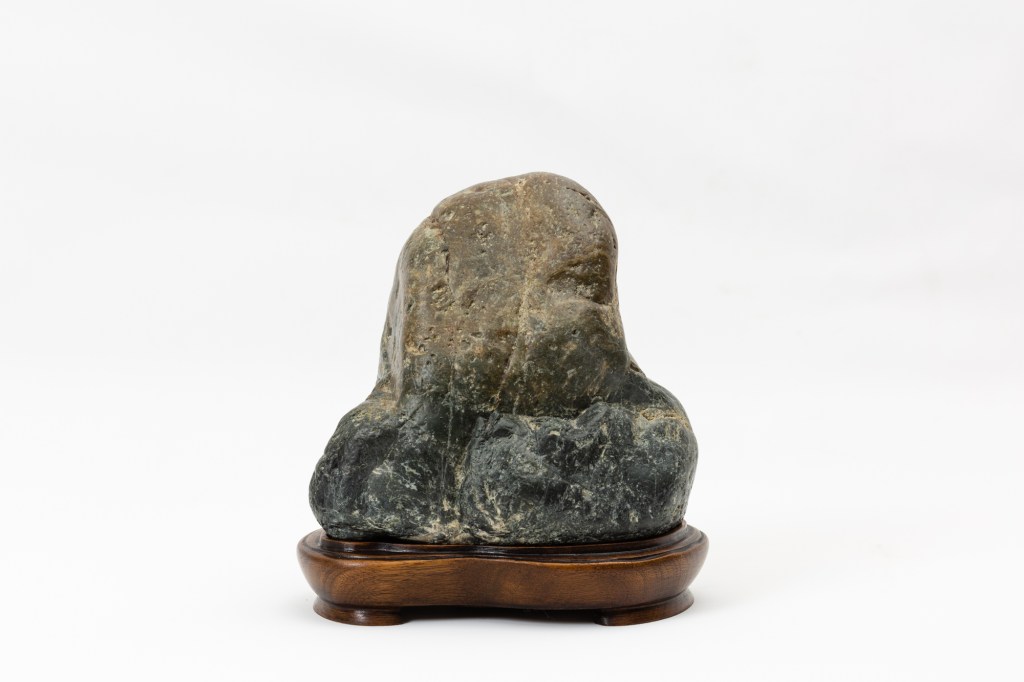



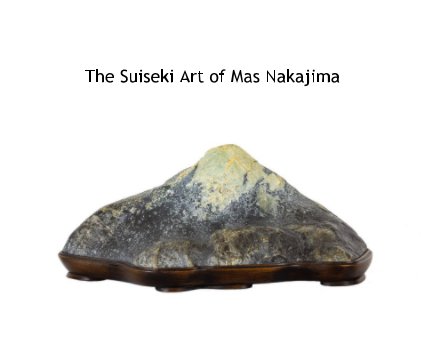

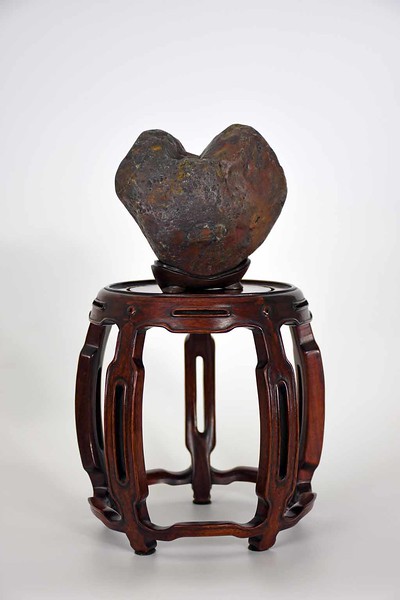

 the permanent collection of the
the permanent collection of the 
